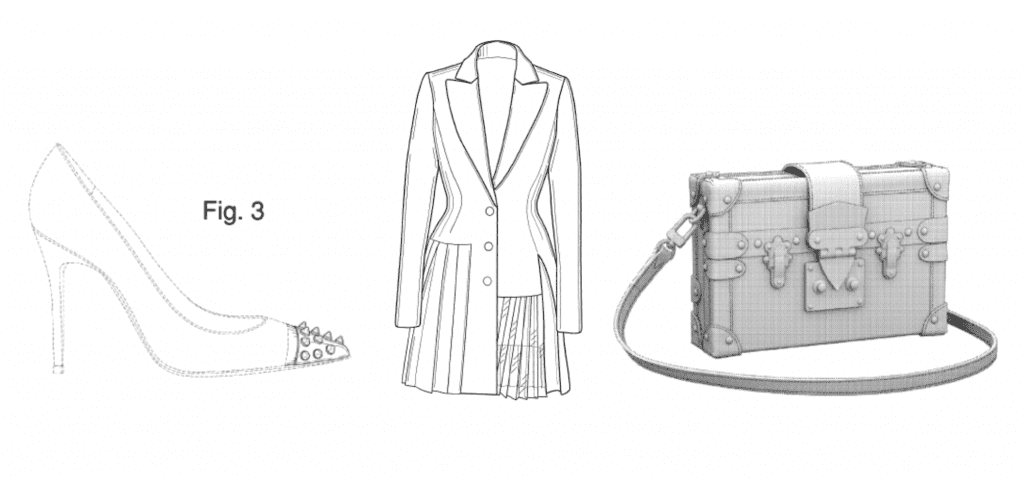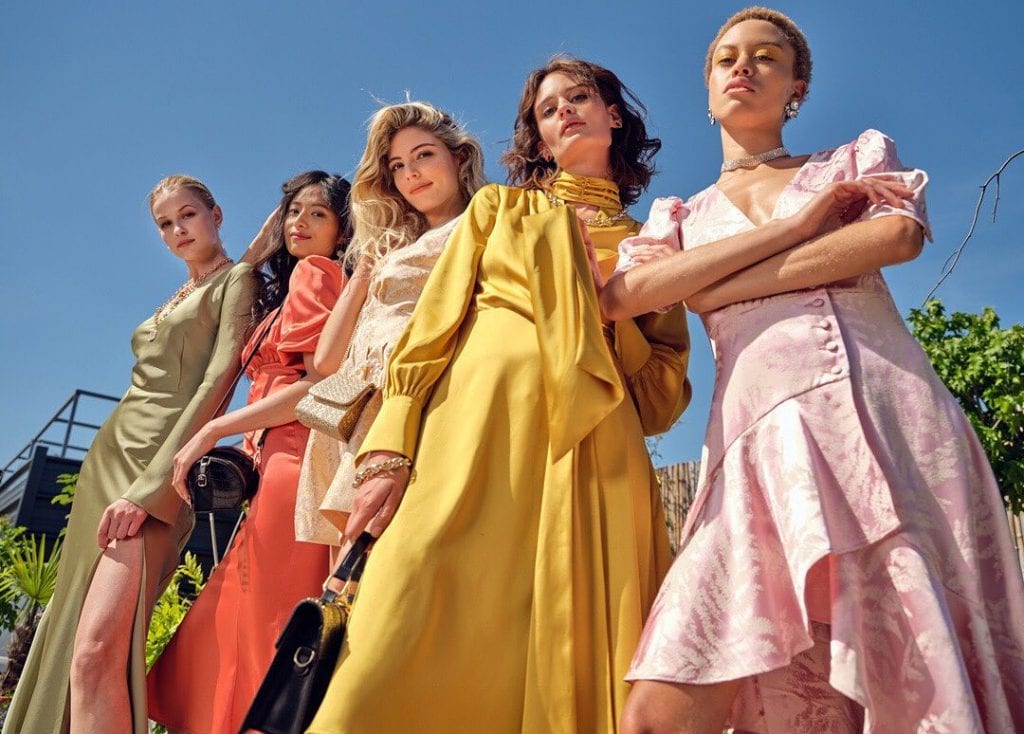More women in the U.S. are innovating in the fields of science, engineering, and entrepreneurship, but that might not be obvious from the numbers of utility patent protection being granted for novel inventions and design patent issued for the visual ornamental characteristics of a product. According to a newly-released report from the U.S. Patent and Trademark Office (“USPTO”) that examines trends and characteristics of inventors named on U.S. patents granted between 1976 and 2016, the USPTO found that women continue to be under-represented.
Looking at 40 years of patent filing data, the USPTO – the U.S. government agency that oversees the federal registration of trademarks and patents – revealed that while the number of issued patents that name at least one female inventor has increased, women “still comprise a small minority of inventors” on issued patents, particularly if they are the sole figure behind the technology, process, or design at issue.
The report notes growth in terms of gender equity for this particular type of intellectual property, which grants the creator(s) of an invention, such as a novel product or a process, the exclusive right prevent others from making, using, selling, and importing that invention for a limited period of time.
For instance, the number of patents issued that name at least one woman inventor grew by 14 percent over the past 30 years, in particular – up from 7 percent in the 1980s to 21 percent in 2016. However, the reality is much grimmer when considering the number of patents issued exclusively to a woman or a group of women. “In the last decade, all-female invented patents constituted only about 4% of issued patents,” the USPTO states. “Accordingly, the growth in women inventorship, as measured by the share of patents with at least one female inventor, is almost entirely due to women’s participation on gender-mixed teams.”
The USPTO’s report follows from one released this summer by the Institute of Women’s Policy Research. The Washington, D.C.-based think tank found that not only do women “remain sorely underrepresented” compared to men in terms of being granted patents by the USPTO, women of color, particularly black and Hispanic women, are even less likely to obtain U.S. patent rights than white women and men.
That report’s co-authors, Elyse Shaw, M.A., and Cynthia Hess, Ph.D., asserted that according to the most recent data (which was compiled in 2015), only 18.8 percent of all patents granted had at least one woman listed as an inventor of the protected invention, even if women “are leading in the growth of new female-owned businesses over the last two decades.”
Women, as a whole, lag behind men in terms of patent ownership for a number of reasons. “Women are less likely than men to enter and advance in the fields of science, technology, engineering, and mathematics,” for instance, and are “less likely to patent their inventions when they do.” Moreover, the Institute of Women’s Policy Research’s study notes that “obtaining a patent can be expensive and the costs can be disproportionately prohibitive to women, since they tend to earn less than men, and have less access to capital when they start businesses, which can make it difficult for them to cover expenses like hiring a patent attorney.”
“Women inventors have made and continue to make key contributions,” said Deputy Under Secretary of Commerce for Intellectual Property and Deputy Director of the USPTO Laura Peter, but there is still “untapped potential,” said Amanda Myers, the acting deputy chief economist at the USPTO said in connection with the government agency’s findings.
“It is important for the United States to broaden its innovation ecosphere demographically, geographically, and economically,” said Under Secretary of Commerce for Intellectual Property and Director of the USPTO Andrei Iancu. “America needs more inventors participating in the many benefits U.S. patents can provide. The USPTO will continue to push the national dialogue on this issue and do what we can to spur real change.”











